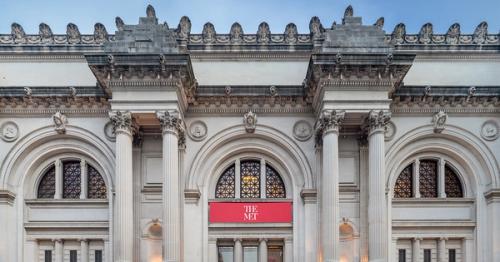Beyond Representation surveys Chinese painting and calligraphy from the eighth to the fourteenth century, a period during which Chinese society and artistic expression underwent profound changes. A fourteenth-century Yuan dynasty (1279–1368) literati landscape painting presents a world that is totally different from that portrayed in the monumental landscape images of the early Sung dynasty (960–1279). To chronicle and explain the evolution from formal representation to self-expression is the purpose of this book. Wen C. Fong, one of the world's most eminent scholars of Chinese art, takes the reader through this evolution, drawing on the outstanding collection of Chinese painting and calligraphy in The Metropolitan Museum of Art, New York. Focusing on 118 works, each illustrated in full color, the book significantly augments the standard canon of images used to describe the period, enhancing our sense of the richness and complexity of artistic expression during this six-hundred-year era. Placing equal emphasis on stylistic analysis, social context, and cultural values. Professor Fong considers several issues in Chinese art history: style and its social functions, the changing fortunes of the artist, antiquity and synthesis as guiding principles, and the Chinese view of creativity and change. In this exploration he highlights three areas of artistic accomplishment: narrative painting, the depiction of landscape, and the calligraphy and calligraphic painting of the scholar officials. Moving from art to history he outlines the schism within the Confucian state during the later Sung and the Yuan dynasties between the ruling imperial ideology and the humanist philosophy of the scholar officials, with the consequent rise of literati painting as the true voice of the Chinese artistic sensibility. The branching off into official and private narrative is mirrored in religious painting: while professional craftsmen continued the practice of courtly techniques in the painting of icons, Taoist and Ch'an Buddhist painters adopted scholarly aesthetic principles to create new, highly individualistic images and styles. Unlike narrative representation, which had a long history of development prior to the Sung, landscape painting began to emerge as a preeminent art form in the tenth century, reaching its zenith during the Northern Sung (960–1177), a golden age of art and cultural development. From the second half of the eleventh century, painters turned increasingly from more objective naturalistic landscape to landscape imbued with human emotion, breaking away from officially sanctioned pictorial conventions to create more symbolic representations of single flowers, rocks, and trees. By the time of the Yuan dynasty, following the Mongol conquest of 1279, objective representation in art had been replaced by imagery that drew on the artist's inner response to the world. At this time, the painter began to inscribe poems and incorporate calligraphy in his works, the meaning of the painted subject made complex by personal and symbolic associations enhanced by its expression in language. With the multiple relations between word, image, and calligraphy forming the basis of a new art, Chinese painting entered its richest and most diverse stage of development.











